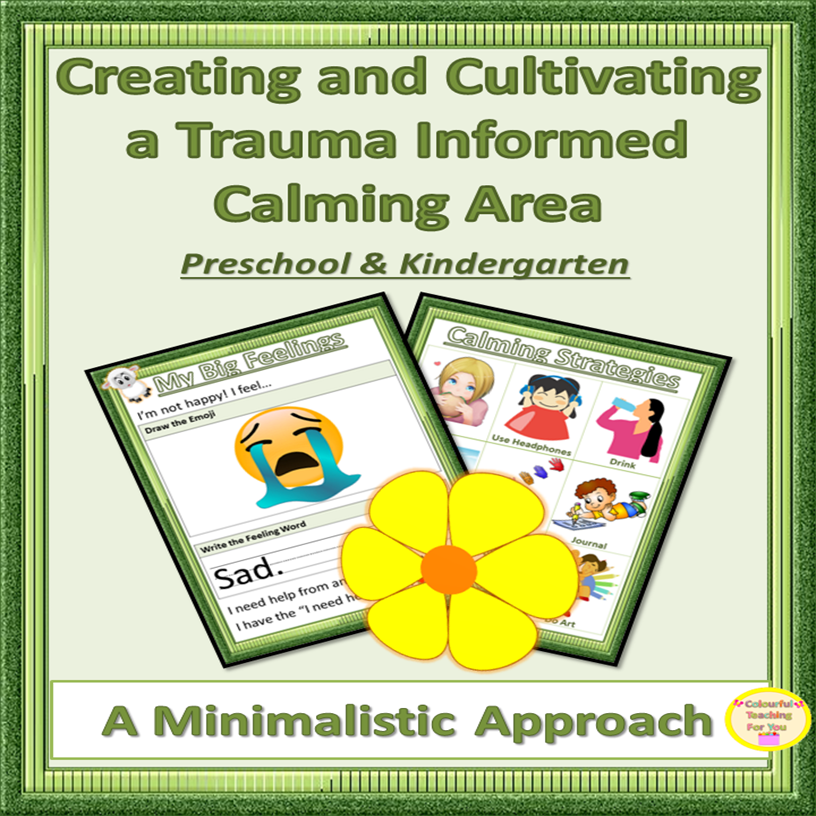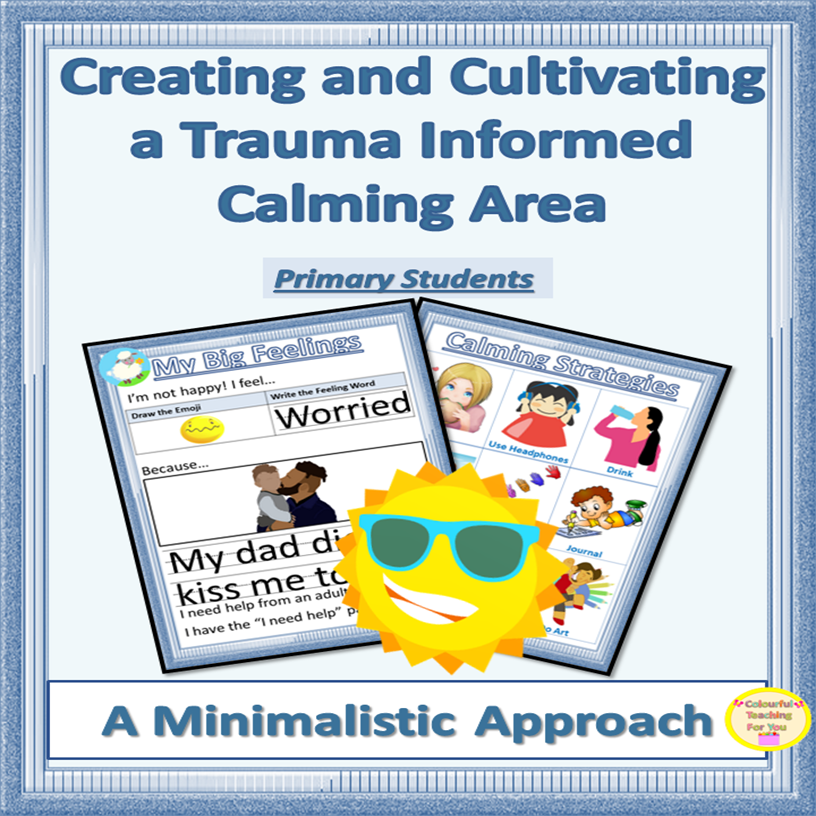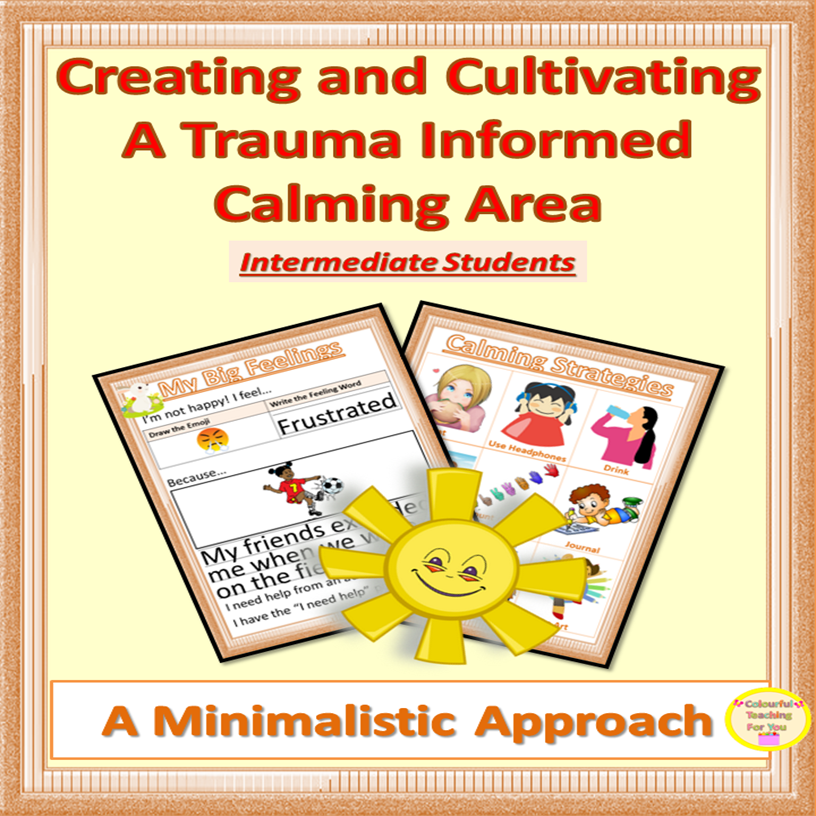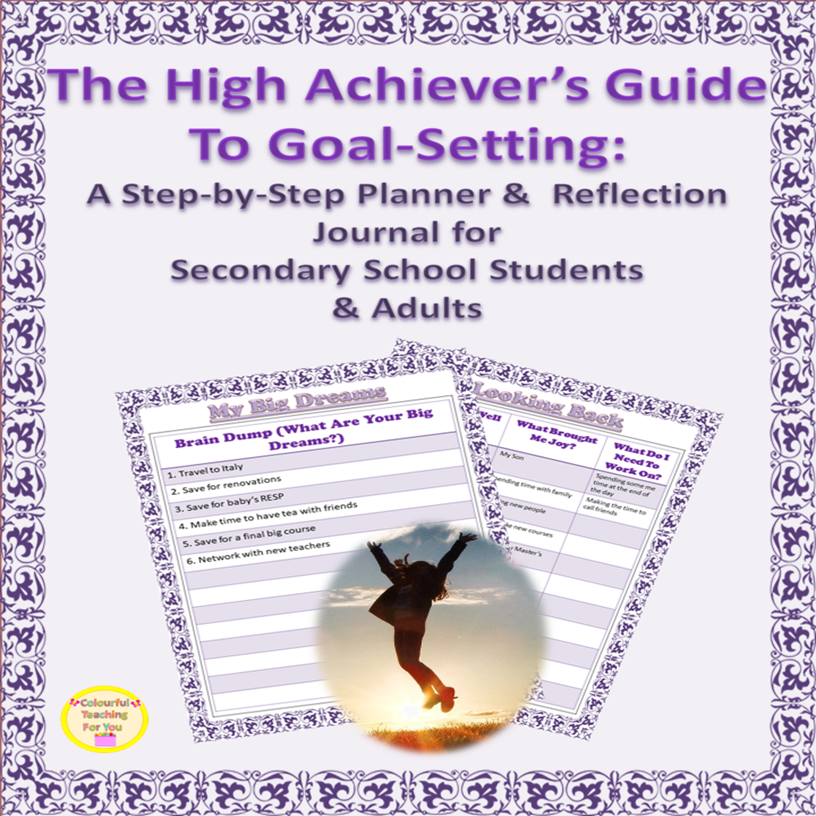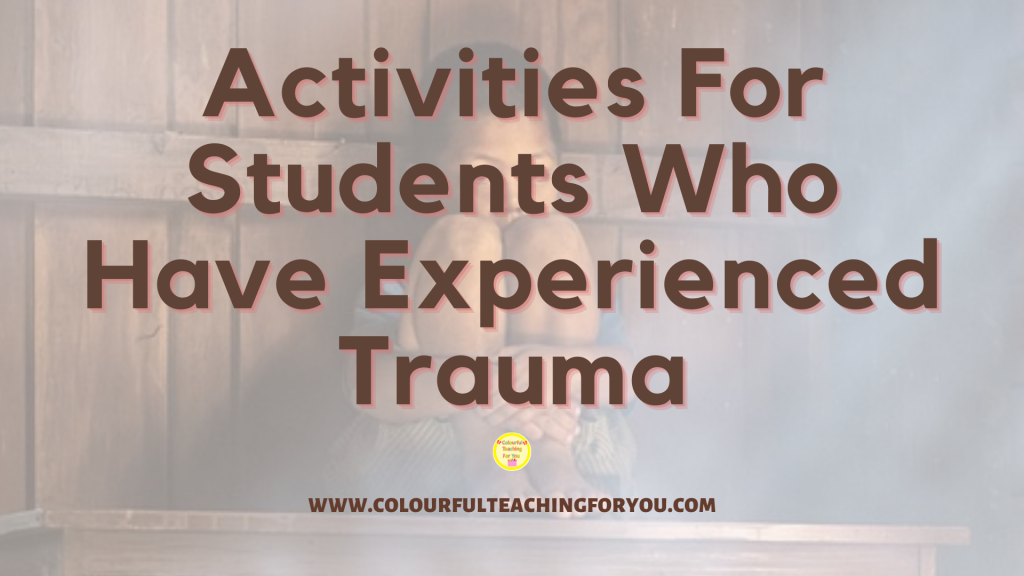
Today we’re going to talk about five simple PTSD activities for students who have experienced trauma.
Trauma can be dangerous, violent and even frightening for a child and can cause psychological harm to that individual or their family. Each child will react to trauma in different ways. Some might be in shock or have flashbacks, while others might be in denial, be affected physically or emotionally, or have strained relationships.
If a child is going through a traumatic event or PTSD some of the signs are:
- Selective memory
- Forgetfulness
- Clinginess
- Trouble paying attention or transitioning
- Hyper focused
- Inability to manage change
- Extreme emotions
- Anxiety
- Nausea
- Difficulty interacting with their peers
Trauma may be related to any number of events, such as an accident, bullying, death or abuse.
Most of these methods can be used with your whole class so as not to isolate your student. Keep in mind that culture, religion and other factors may contribute to how a child reacts to their situation and how they choose to communicate about it.

Actionable Steps:
#1. Provide Structure
Often times, children find that they need some ounce of control in their lives and don’t always get it externally. Therefore, it’s important for teachers to provide them with stability by giving them clear structures. This can be done in the following ways.
- Have specific seating or be consistent with giving choices so that students know which of their classmates they count on.
- Post up your schedule for the day so that they know what’s happening and when.
- Give clear instructions and explain them in a variety of ways.
- Provide lessons on managing emotions consistently. The resources listed in the point #2 will provide you with templates to help you teach about emotional regulation.
- Let children know when you’re available to talk to them outside of class time so that they know exactly when they can count on you.
#2. Support Emotions
Teach students how to recognizes their triggers, understand their emotions and work through them. Sometimes, a child may be triggered while you’re in the middle of a lesson. When this occurs, it’s important for your student to take a quick break and manage their thoughts and emotions so that it doesn’t arise at inopportune times.
In order to do that, I’ve provided you with teaching material for this section, I’ve created a Trauma-Informed Calming Area for your students so that they can work through their emotions in private.
Click the following image that matches your grade-level:
Depending on the level of your students, I’ve also created a resource that will help you differentiate for them:
#3. Develop Strengths
Look at what your students can do. Have them think-pair-share activities to discuss your students’ strengths and then have them participate in a few goal-setting and checking exercise to gauge their progress.
This activity is within their means and it allows them to feel confident in themselves as the school year progresses.
The following resources are goal-setting activities. The calendars are updated for FREE every year.
#4. Be Available
Be aware of the signs a child might be exhibiting and be patient. Let your students know that you’re always there for them and that you’ll have their back without any judgement.
When a student is ready, that child will reach out to you. Listen without providing advice or making any promises to that child, such as stating that you won’t disclose what they tell you to anyone as the child might be in danger.
Make sure to document the signs you see and any conversations you have with your student regarding the trauma.
#5. Counsel Students
If your student is truly struggling and you feel like counselling is in their best interest, recommend it for the child. Many schools provide this service for students as long as the teacher fills out and submits the recommendation form. Parents need to be contacted first.
Depending on the level of stress that your student is under, it might be wise to recommend additional support outside of school, but it’s best to refrain from listing specific counsellors unless your administration approves it or provides you with their own list.
At times, talking to a parent might be difficult as some parents may not want to discuss the situation with your or may be in denial themselves. If you cannot broach the topic with a parent, seek out help from your administration or school counsellor.
Recap:
Let’s recap really quickly. Today, we looked at the following:
- Student reactions to trauma.
- The signs of it.
- Five strategies to help students who have experienced trauma or PTSD: provide structure, support emotions, develop strengths, be available, and counsel students.
Free Resources:
In the mean time, if planning so that you’re ahead is not your jam, then check out the following: FREE MASTERCLASS: Systematic Plan to Super Passionate.
Next Steps:
I’d love to hear from you. In the comments below, please answer the following:
If you found this video beneficial, would you do me a favor? Share this with your family, your friends, your loved ones, your co-workers or someone who you think could benefit from this. Thank you!
I’ll see you next Friday at 5:30pm PST.
Until I see you next time, remember to create, experience & teach from the heart.
Take care,
Charlotte

